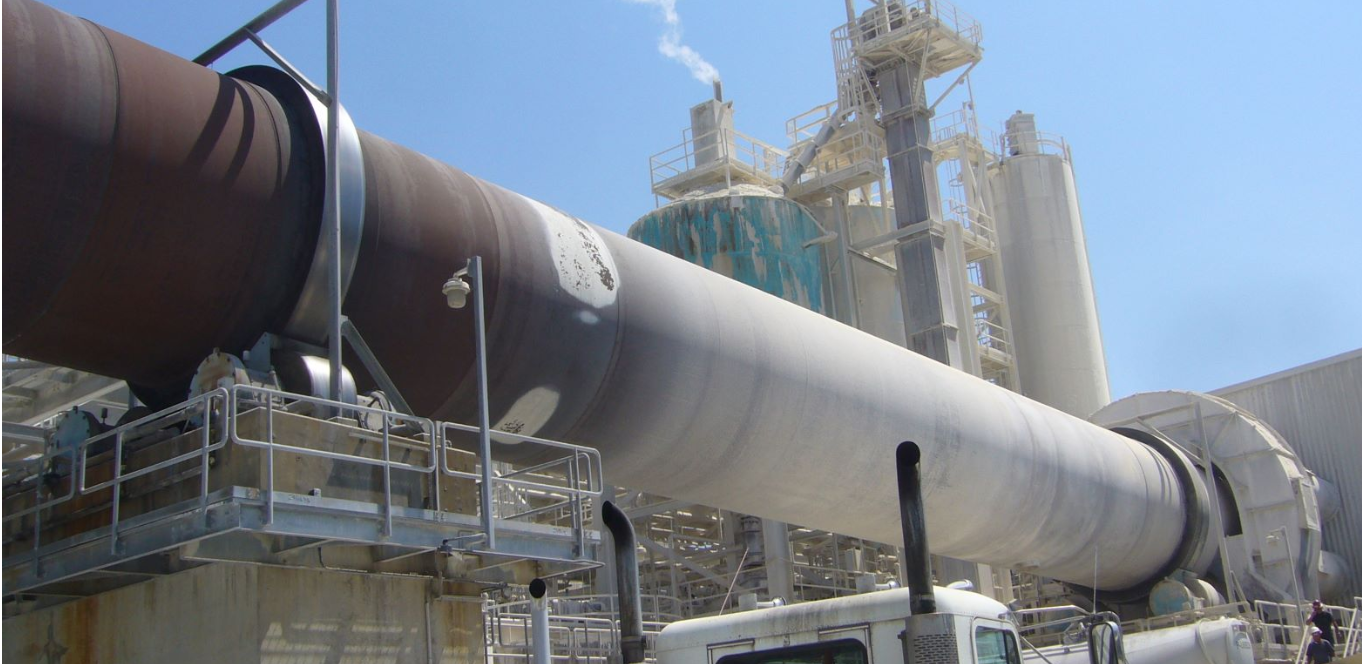Contents
Practical Step-by-Step Guide to Solving Weak Thrust Balance at Each Pier for Cement Kiln

TO Download this post and all the books and excel sheets and my personal notes and presentations I collected about cement industry in the last 30 years click the below paypal link
Introduction
Maintaining proper thrust balance at each pier is crucial for the efficient operation and longevity of a cement kiln. This practical guide provides step-by-step instructions, required tools, computer programs, recommended manpower, and references for solving weak thrust balance issues.
Step 1: Gather Data
- Collect operational data related to kiln performance, including temperatures, pressures, and vibration levels.
- Measure thrust values at each pier using thrust sensors or load cells to identify any imbalances.
Step 2: Analysis of Thrust Distribution
- Use specialized software such as FL Smidth KilnGAP or CFD (Computational Fluid Dynamics) simulations to analyze thrust distribution along the kiln.
- Determine the thrust imbalance at each pier and identify potential causes such as misalignment, refractory wear, or uneven material distribution.
Step 3: Kiln Inspection
- Conduct a thorough visual inspection of the kiln structure, including support rollers, tires, and refractory lining.
- Use tools such as borescopes or thermal imaging cameras to identify hot spots or areas of excessive wear.
Step 4: Alignment Adjustment
- Utilize precision alignment tools such as laser alignment devices or optical alignment systems to realign the kiln components.
- Adjust support roller positions, tire pressures, and thrust mechanisms to ensure proper alignment and load distribution.
Step 5: Refractory Repair
- Repair or replace damaged refractory bricks or linings using appropriate refractory materials and installation techniques.
- Ensure proper curing and bonding of refractory materials to withstand high temperatures and mechanical stress.
Step 6: Kiln Cooling Optimization
- Optimize kiln cooling systems to maintain uniform temperature distribution and minimize thermal gradients.
- Adjust airflow rates, fan speeds, and damper positions to achieve optimal cooling efficiency and reduce thermal stress on kiln components.
Required Tools and Computer Programs:
- Precision alignment tools:
- Laser alignment devices (e.g., ROTALIGN Ultra)
- Optical alignment systems (e.g., Easy-Laser E720)
- Kiln analysis software:
- FL Smidth KilnGAP
- Computational Fluid Dynamics (CFD) simulations
- Inspection tools:
- Borescopes
- Thermal imaging cameras
- Refractory repair tools:
- Trowels
- Refractory bricks
- Mortar mixers
- Kiln cooling optimization tools:
- Airflow meters
- Fan speed controllers
- Temperature sensors
Recommended Manpower:
- Maintenance supervisor/engineer
- Kiln operator
- Alignment technician
- Refractory specialist
- Kiln cooling system technician
Sources and References:
- FL Smidth Kiln Maintenance Guide
- Cement Manufacturer’s Association (CMA) Guidelines for Kiln Thrust Balance
- Equipment Manufacturer’s Manuals and Technical Specifications
Conclusion
By following this step-by-step guide and utilizing the recommended tools, computer programs, and manpower, cement kiln operators can effectively solve weak thrust balance issues and ensure optimal performance and longevity of their kiln systems. Regular maintenance and monitoring are essential for identifying and addressing thrust imbalance issues promptly to prevent costly downtime and equipment damage.
TO Download this post and all the books and excel sheets and my personal notes and presentations I collected about cement industry in the last 30 years click the below paypal link
